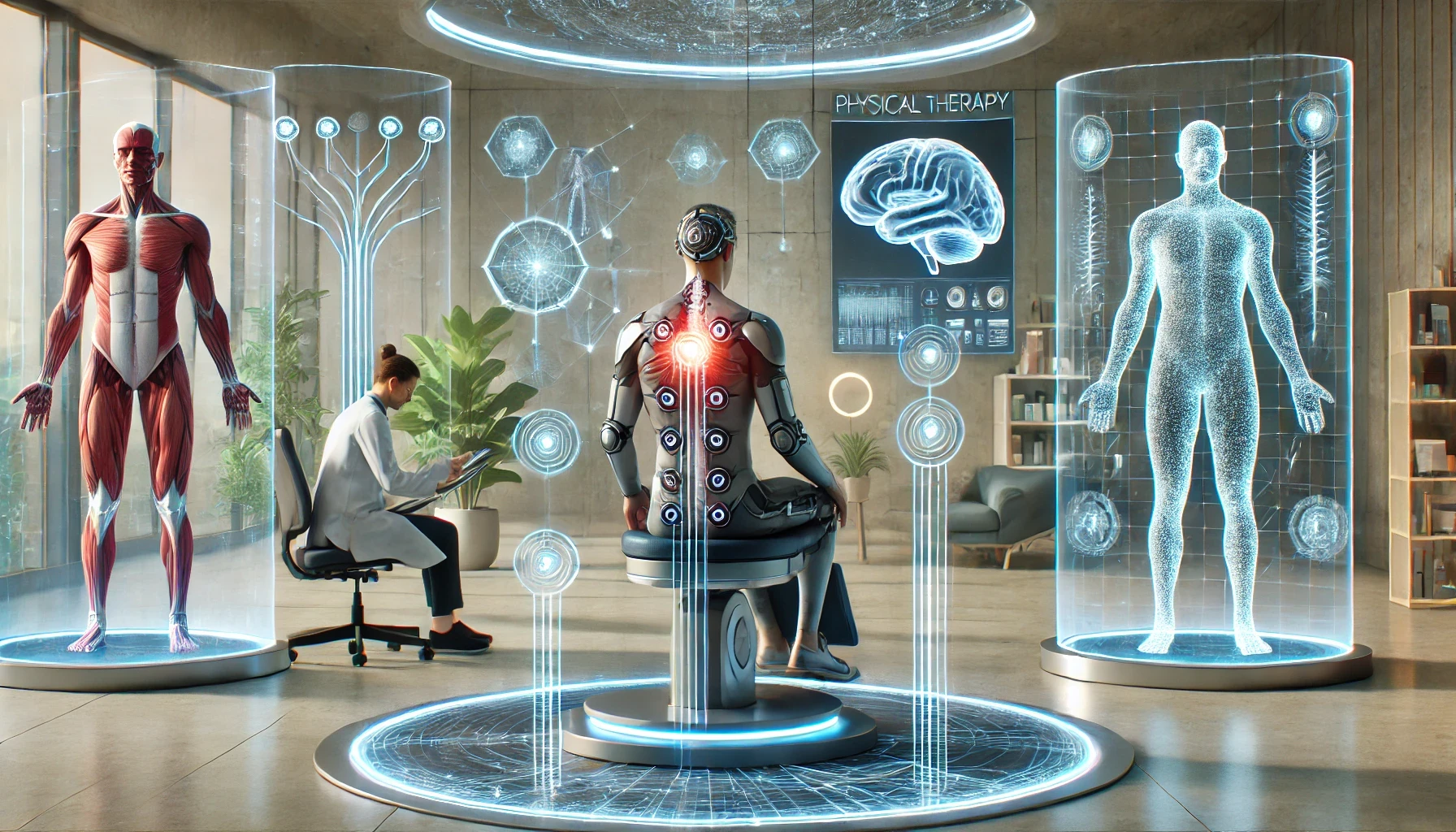Understanding the Mind-Body Connection
At Sentry Safety and Physical Therapy, we believe in a holistic approach to healing. We understand that physical trauma doesn't only affect the body but can deeply impact the mind as well. That's why we're excited to collaborate with licensed mental health therapist Jean Snyder, LCSW, who brings 16 years of experience and a trauma-informed approach to help individuals navigate the emotional side of their recovery.
The relationship between physical and mental health is complex and deeply interconnected. Physical conditions, such as chronic pain or injury, can significantly impact mental health, leading to feelings of frustration, anxiety, or depression. On the flip side, mental health conditions such as stress or trauma can manifest physically, often leading to pain, tension, or fatigue in the body.
This mind-body connection is the foundation for understanding why treating the body can positively affect the mind, and vice versa. Physical therapists are now taking a more comprehensive approach, addressing not just the physical symptoms but also the emotional and psychological aspects of recovery.
What is EMDR?
Eye Movement Desensitization and Reprocessing (EMDR) is a psychotherapy technique that is used to help individuals process and heal from trauma and emotional distress. Traditionally used in mental health treatment for conditions such as post-traumatic stress disorder (PTSD), EMDR has been adapted for use in physical therapy to address the emotional and psychological aspects of chronic pain, injury, and rehabilitation.
EMDR helps patients reprocess traumatic memories, emotional pain, or anxiety by using guided eye movements while focusing on distressing thoughts or sensations. This reprocessing can help reduce the emotional charge of traumatic experiences and promote healing.
Physical therapists are increasingly incorporating EMDR into their practice, particularly when treating patients whose physical pain is intertwined with emotional trauma. Here’s how the combination of physical therapy and EMDR works:
1. Addressing Trauma-Related Pain
Many individuals experience physical pain as a result of trauma—whether it’s from an accident, injury, or a stressful life event. Trauma can become “stored” in the body, leading to chronic pain or tension. EMDR helps patients reprocess the trauma and, in doing so, can alleviate the physical symptoms associated with it. For example, a patient with chronic neck or back pain after a car accident may benefit from EMDR to address the emotional trauma, leading to a reduction in pain.
2. Reducing Anxiety and Stress During Recovery
Recovering from a serious injury or undergoing long-term physical therapy can be emotionally draining. Many patients experience anxiety about their recovery progress or fear re-injury. EMDR can help manage these anxieties by reprocessing negative thought patterns and reducing the psychological burden, allowing patients to focus more positively on their physical recovery.
3. Improving Overall Mental Well-Being
Chronic pain often leads to mental health challenges, including depression and hopelessness. By addressing both the physical and emotional aspects of pain, physical therapy combined with EMDR offers a more complete healing process. Patients who feel mentally supported during their recovery are more likely to adhere to their physical therapy programs, leading to better outcomes.
4. Breaking the Cycle of Pain and Fear
For many individuals, chronic pain can create a vicious cycle: the pain leads to fear of movement, which leads to inactivity, which worsens the pain. This cycle can be particularly challenging to break. EMDR can help by reducing the fear and emotional responses associated with pain, making it easier for patients to engage in physical therapy exercises and regain mobility.
Who Can Benefit from EMDR in Physical Therapy?
EMDR is particularly beneficial for individuals who have experienced trauma, whether physical or emotional, that may be contributing to their pain or limiting their recovery. Common examples include:
-
Patients with PTSD-related pain: Those who have experienced trauma from accidents, injuries, or violence.
-
Chronic pain sufferers: Individuals with conditions like fibromyalgia, migraines, or chronic back pain.
-
Athletes recovering from injury: Athletes who may experience psychological barriers or fear of re-injury during recovery.
Case Example: EMDR in Physical Therapy
Consider a patient who suffered a severe shoulder injury in a car accident. While physical therapy has helped restore some mobility, the patient still experiences lingering pain and stiffness that doesn't fully align with the physical damage. The therapist notices that the patient becomes visibly anxious when certain movements are introduced, particularly those that mimic the motion during the accident.
In this case, the therapist may suggest incorporating EMDR into the treatment plan. Through EMDR sessions, the patient is guided to focus on the memory of the accident while following the therapist’s hand movements. Over time, the emotional charge of the traumatic memory lessens, and the patient’s physical responses—such as muscle tension and avoidance of certain movements—start to decrease. With the mental block removed, the patient can fully engage in physical therapy, leading to improved mobility and pain reduction.
The Benefits of Integrating EMDR in Physical Therapy
-
Holistic Healing: By treating both the mind and body, patients experience more comprehensive and lasting recovery.
-
Reduced Pain and Anxiety: EMDR helps alleviate the emotional and psychological components of pain, reducing overall discomfort.
-
Enhanced Participation in Therapy: Patients who feel mentally and emotionally supported are more likely to stay motivated and actively participate in their physical therapy programs.
-
Improved Long-Term Outcomes: Addressing the mental barriers to physical recovery can lead to better long-term results, as patients are more likely to stick to their therapy and maintain healthy habits post-recovery.
The Future of Physical Therapy and Mental Health Integration
As our understanding of the mind-body connection grows, physical therapy is evolving to include mental health techniques like EMDR. This integration allows for a more patient-centered approach, offering not just physical relief, but emotional healing as well. For individuals recovering from injury, trauma, or chronic pain, the combination of physical therapy and EMDR can be a game-changer.
If you're dealing with persistent pain or emotional barriers during your recovery, consider speaking to a physical therapist trained in EMDR to explore how this holistic approach could benefit your journey toward wellness.
Conclusion
At Sentry, we know that healing can be hard, but you don’t have to do it alone. Combining physical therapy with mental health support can make the journey smoother and more effective. Reach out to Sentry Safety and Physical Therapy today to learn more about how our integrative approach can support your recovery.

